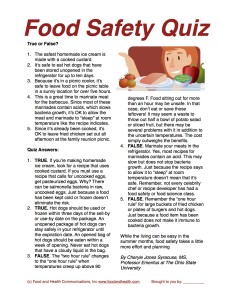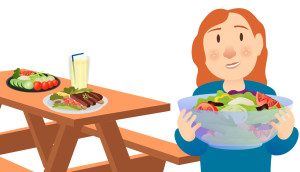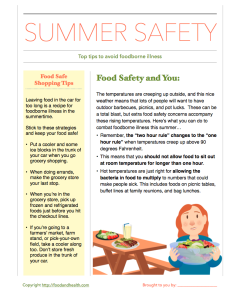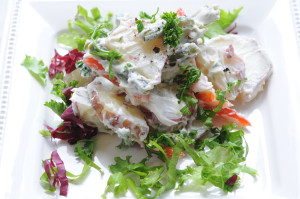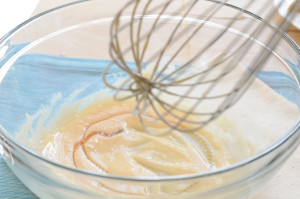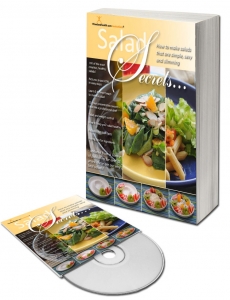 It must be “human nature” but even those who do a good job of healthy eating at other times seem to resort back to “traditional” foods on holidays. These foods are typically chocked full of empty calories, fats and sugars.
It must be “human nature” but even those who do a good job of healthy eating at other times seem to resort back to “traditional” foods on holidays. These foods are typically chocked full of empty calories, fats and sugars.
Rethinking the menu and “tweaking” your shopping list a little can take your 4th of July meal from calorie overload to healthful.
July 4th Healthy Holiday Tip #1—Lighten up. Can you substitute some ingredients when making favorite recipes? Gotta have potato salad? Use non-fat plain Greek yogurt, nonfat sour cream or low-fat mayo for part of the regular mayo in the dressing. Or look for a new kind of veggie salad that uses a light vinaigrette instead of one that is bathed in high fat mayo or salad dressing.
July 4th Healthy Holiday Tip #2- Double or triple-up on veggies. Set out a series of vegetable platters or arrangements instead of cheese or antipasto plates. Make sure you have lettuce and tomatoes as sandwich toppers. Try roasted vegetables or vegetable kabobs on the grill. Corn-on-the cob (roast with olive oil and seasonings and forget the melted butter).
July 4th Healthy Holiday Tip #3 – Pick some whole grain products. Select whole grain buns, whole grain tortillas or whole wheat pita bread for sandwiches. Whole grain chips and salsa can be an alternative to fried potato chips and dip.
July 4th Healthy Holiday Tip #4—Look for lean protein. How about fish patties or crab cakes instead of burgers? Grill salmon instead of steak. Instead of brats or hog dogs on the grill go for grilled skinless chicken. For a fun and colorful entrée put hunks of chicken on skewers with the vegetables—this also helps reduce portion sizes and cooking time—and adds even more vegetables to the meal.
July 4th Healthy Holiday Tip #5—Burn those calories. Don’t forget to pack games and balls. Start a new tradition of a family softball or volley ball game. Walking and/or throwing Frisbees are also great activities that can involve family members of all ages.
July 4th Healthy Holiday Tip #6—Enjoy the company of family and friends. Remember what we’re celebrating at this holiday. Don’t just focus on food and eating. Be mindful of the non-food intangibles like music, games and fireworks.
Cheryle Jones Syracuse, MS
Professor Emeritus, The Ohio State University



